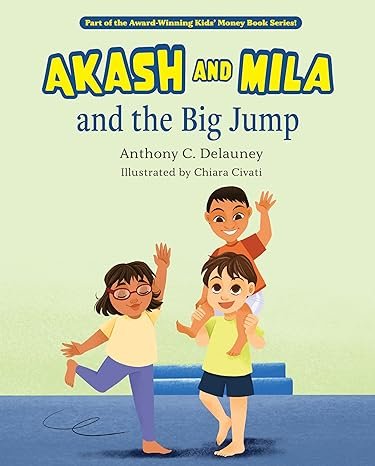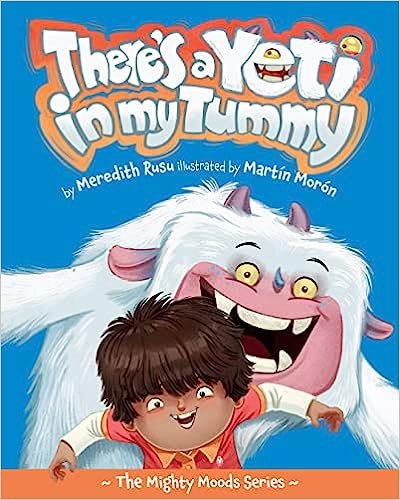How to Write a Plan for a Narrative
/I have to say that there’s no single standardized format for preparation of the plan. Each and every writer has his opinion on this question. In the lines below, I’ll express my vision on the issue of building a plan. The only thing you can be sure is that these considerations passed a strong test in practice; that is, were numerous times applied by the colleagues from BuzzEssay and personally by me.
#1 Synopsis
So I usually start drafting a plan with writing a synopsis. Although the wording is not quite right for me: a few sentences in which I often fit the point of the story are not the synopsis in the classical sense. However, at this stage, the goal is simply to outline the main idea of the story and keep it before my eyes, so not to lose it in the future.
After I complete the synopsis, I begin to briefly describe the events of the story. This step sometimes takes up to a few weeks. Why so long? Well, when you start building a storyline, you usually stumble upon places you haven't thought out; and, of course, you need to feel these gaps. As a rule, transitions from scene to scene takes most of the time in preparation for writing.
However, it is important to understand that the carefully thought-out plot is the immutable skeleton for a great story. The more time you spend on thinking through the plot before writing, the better the result. Of course, that doesn’t mean that you need to spend a whole year on thinking over the story. The key is to find the balance and not to lose interest.
#2 Cards for Characters
I'm doing the cards for characters in parallel with the alignment of the storyline. The bigger the piece, the more detailed the characteristics of the characters. The main points that I'm putting in cards:
Character name.
Character profession and role.
Age, body type, height, weight, etc.
Physical description. Typically, hair length and color, the presence of beard or mustache, and any other specific details like a long nose, birthmarks on the face, etc. For sure, the brighter the specific details, the more memorable the character. But please don’t overdo with exotic – if every other character is a lame humpbacked dwarf, suffering from scabies, hardly anyone will appreciate your efforts.
Traits. These are irritability, sadness, light-heartedness, etc. – everything that distinguishes a character from other in psychological terms. Here I want to note that a proficient writer should be very observant about others; moreover, I believe that the author needs to constantly cultivate this quality in himself, as many details of behavior are taken from daily life. Sometimes friends and colleagues are doing things that would never come to mind even the most creative writer. Such manifestations are the best material to build bright, unique images.
Motives. What is the ultimate goal of the protagonist? What are his interests and principles?
Clothing. It sometimes may serve as a good tool for showing the nature of the character. A person who prefers bright colors is somehow different from a silent man in a black washed leather jacket, isn't it?
#3 Cards for Locations
Cards for location and the map are the next steps, although not every story requires them. Well, if heroes often move in space, especially in the fantasy worlds, be sure to create cards for locations not to get lost.
In cards for locations, briefly describe the place in which the events occur. This way you’ll create a deep world in which the story unfolds.
#4 Scenes
The last step is shaping key scenes – separate story blocks, where certain events (including dialogs) occur in a short period of time. When working with scenes, I try to focus. The important thing to understand is the fact that every scene should in some way change the situation. This can be a dramatic plot twist (the discovery of secrets) or changes in the psychological state of the hero (apathy after the collapse of the hopes). It’s all up to you, but each scene must convey some meaning known to you and clear to the reader.
In the end, you’ll get a list of consecutive scenes. I wish you best of luck in your writing endeavors!
Bio:
Lucy Adams is a blogger from Buzz Essay. You can always find your essay writer here. As for Lucy, she’s a generalist able to cope with a huge variety of topics, including education, literature, business, psychology, languages, and many others. Lucy is very responsive and never refuses to cover themes that look intriguing. Feel free to share your ideas with the blogger and get your research done in a matter of days and at no cost!




















